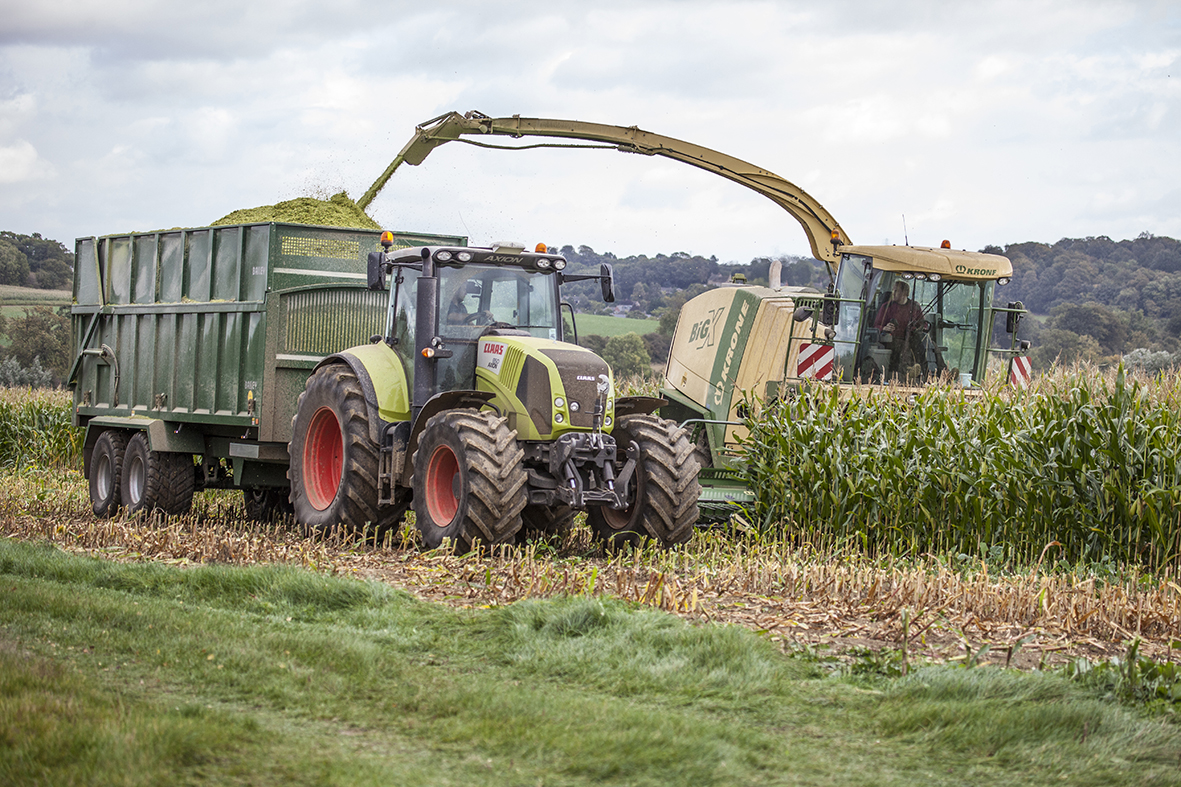Maize silage
Maize
Maize is now the most popular cereal crop conserved as silage. Though essentially a tropical plant, breeders have developed earlier maturing varieties, enabling northern areas to grow maize successfully.

Method of preservation
The method of preservation for maize silage is basically the same as for grass.
Maize should be ensiled at 32 to 35% DM. The high DM and sugar contents, along with a low buffering capacity, make it easy to ferment, although a good inoculant can reduce fermentation losses and some can bring additional animal performance benefits.
The biggest issue with maize is its susceptibility to aerobic spoilage, so it’s worth applying an additive that can deal with this. This may contain chemical preservatives, specific bacteria or plant extracts, all designed to inhibit yeasts and moulds during ensiling and feed-out.
Advantages of Maize Silage
- High DM and energy
- Easily fermented
- Potential to increase DM intake, milk yield and milk protein in dairy cows
- One harvest per year
- Direct cut, no wilting
- Compliments grass silage
Disadvantages of Maize Silage
• Not suitable for wet or cold regions
• Low protein and fibre
• High DM and starch levels make it prone to aerobic spoilage
• Variable quality - weather dependent
• Can reduce milk fat if fed at high levels
• Low in calcium phosphorous and sodium
